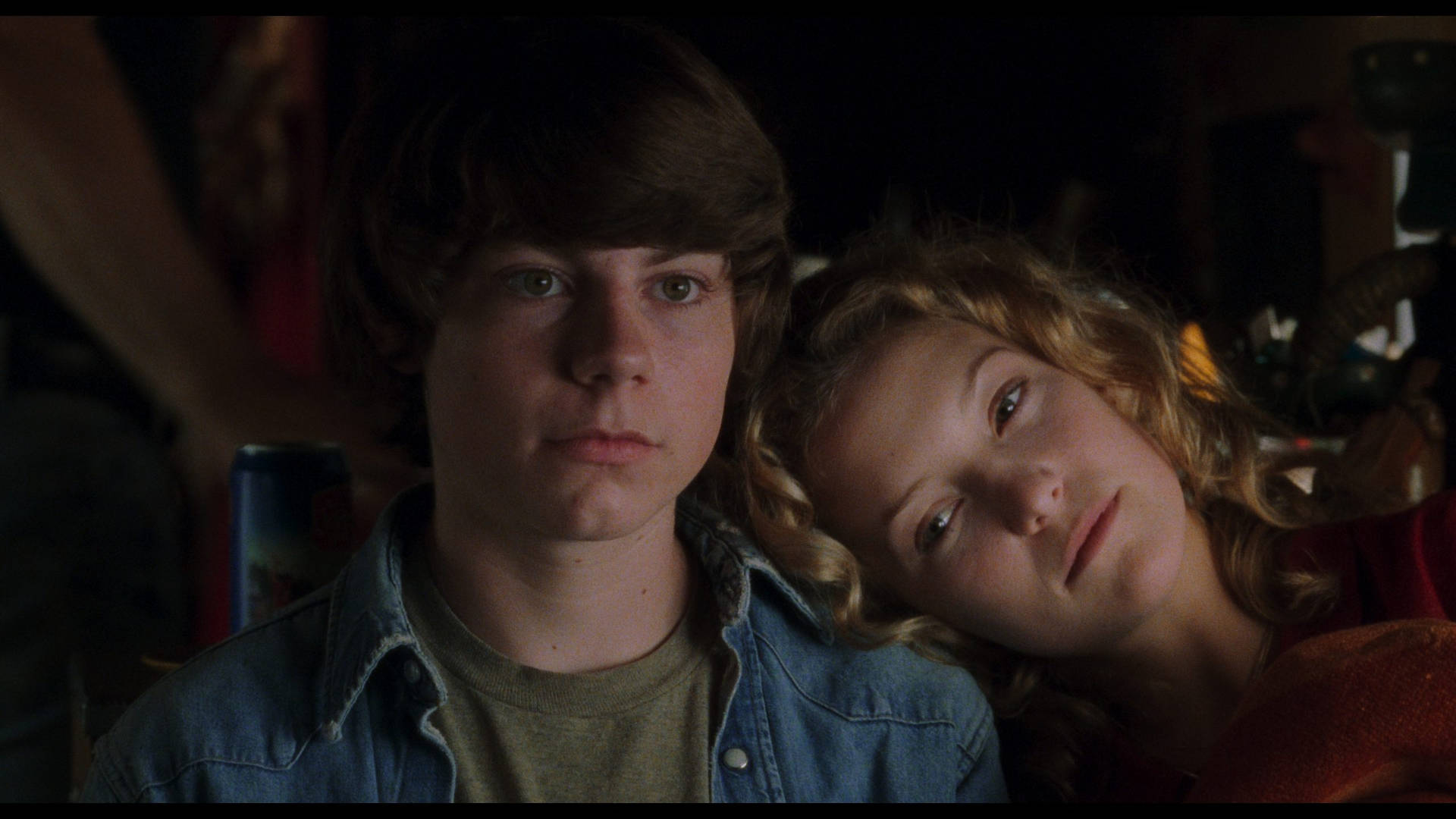🍒 feeling seen through art 🩰
Overall, I think we were successful in creating a film that could make an audience uncomfortable. It is an awkward film to watch; it lingers on shots too long, it lacks audio, shifts colour gradients, follows no evident storyline, and Jaime’s performance enables the viewer to know something is off yet what that is is not evident in his delivery. The piece idles in providing the audience with much information; it takes the entire film to reach a sense of understanding within the viewer as to what might be causing Jaime’s altered reality. This lack of information creates viewer interest, as they struggle to grasp what is going on and why it is occurring. I think because there is no real answer to these questions, the viewer is able to let their mind fill in the blanks, ideally causing them to question what is coming next and piquing engagement. Additionally, there should be a degree of audience sympathy for Jaime in his loneliness, engaging the audience in hope of a resolution for his character. As the film is experimental, I feel it will elicit some sense of angst within the viewer. The film lacks conventional scenes and camera movement, Monika frequently looks straight through the camera and at times it’s cringey. This must have an effect, be it positive or negative, it’s uncomfortable.
I feel that we missed an opportunity to get creative and further the discomfort in our film by not focusing on the affordances of editing. I like how our film turned out but at times it feels a bit categorical and resembles a montage. My favourite part of the film is at the end when it cuts between Monika and Jamie’s separate scenes, and I think we should have used more techniques like that throughout the film to create texture and create discontinuity. Taking this approach would require further pre-production planning to acquire ranging shot types, but I feel it would add length and quality to the piece.
Pointers from Andrei Tarkovsky on shot types and viewer immersion, (some) things we did too;
- Long takes build viewer immersion
- Sound design puts us in the mind of the character
- Embrace the abstract
- Build character through action
- Build “pressure” before cutting
A fun little video to finish the studio 🍾🥂
Thank you Kiralee! Yay
Bibliography
Studio Binder (2017) ‘Mastering Shot Lists: Andrei Tarkovsky’
, Studio Binder, YouTuber website, accessed 12 October 2023. https://www.youtube.com/watch?v=Cjslwz0Yb2Q&t=5s
The School Of Life (2013) ‘Alain de Botton on Art as Therapy’
, The School Of Life, YouTube website, accessed 14 October 2023. https://www.youtube.com/watch?v=qFnNgTSkHPM























